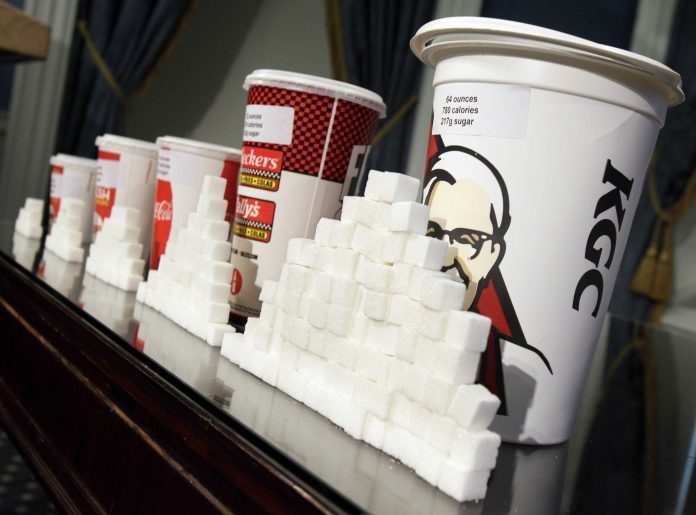
Nearly 1 in 5 U.S. kids are obese, according to the latest national data.
The news is disappointing, given that programs across the country have for years been trying to reduce childhood obesity, one expert said.
“We really were expecting and hoping to see the trends decrease,” said Dr. Tannaz Moin, a UCLA obesity researcher.
Obesity — which means not merely overweight, but seriously overweight — is one of the nation’s leading public health problems. Adult obesity also has been trending upward, but childhood obesity is especially worrisome because it can put kids on track for problems like diabetes and heart disease, she said.
The Centers for Disease Control and Prevention findings come from a gold-standard health survey that measures participants’ height and weight. The latest data come from surveys done in 2017 and 2018, when more than 2,800 U.S. children participated.
It found 19.3% of kids ages 2 to 19 were obese. That’s up slightly from the 18.5% in the 2015-2016 national survey. The increase isn’t considered statistically significant, meaning there’s a mathematical chance the rates didn’t truly rise.
But it follows an upward trend since 2005-2006, when 15.4% of U.S. kids were obese.
The percentage of kids who are severely obese remains at about 6%, where it’s been for several years, the CDC found.
A range of factors contribute to childhood obesity, including eating a lot of processed foods and sugary beverages, and a lack of physical exercise.
The current coronavirus crisis — with school closings and stay-at-home orders — can’t be helping, Moin said.
“Kids for the most part are at home, and not at school with recess, and getting even less (physical) activity,” she said. “We may see worse trends in the coming years, especially if this pandemic continues the way it is.”
The CDC quietly released the findings last month in an infographic in the back of one of its publications.



















